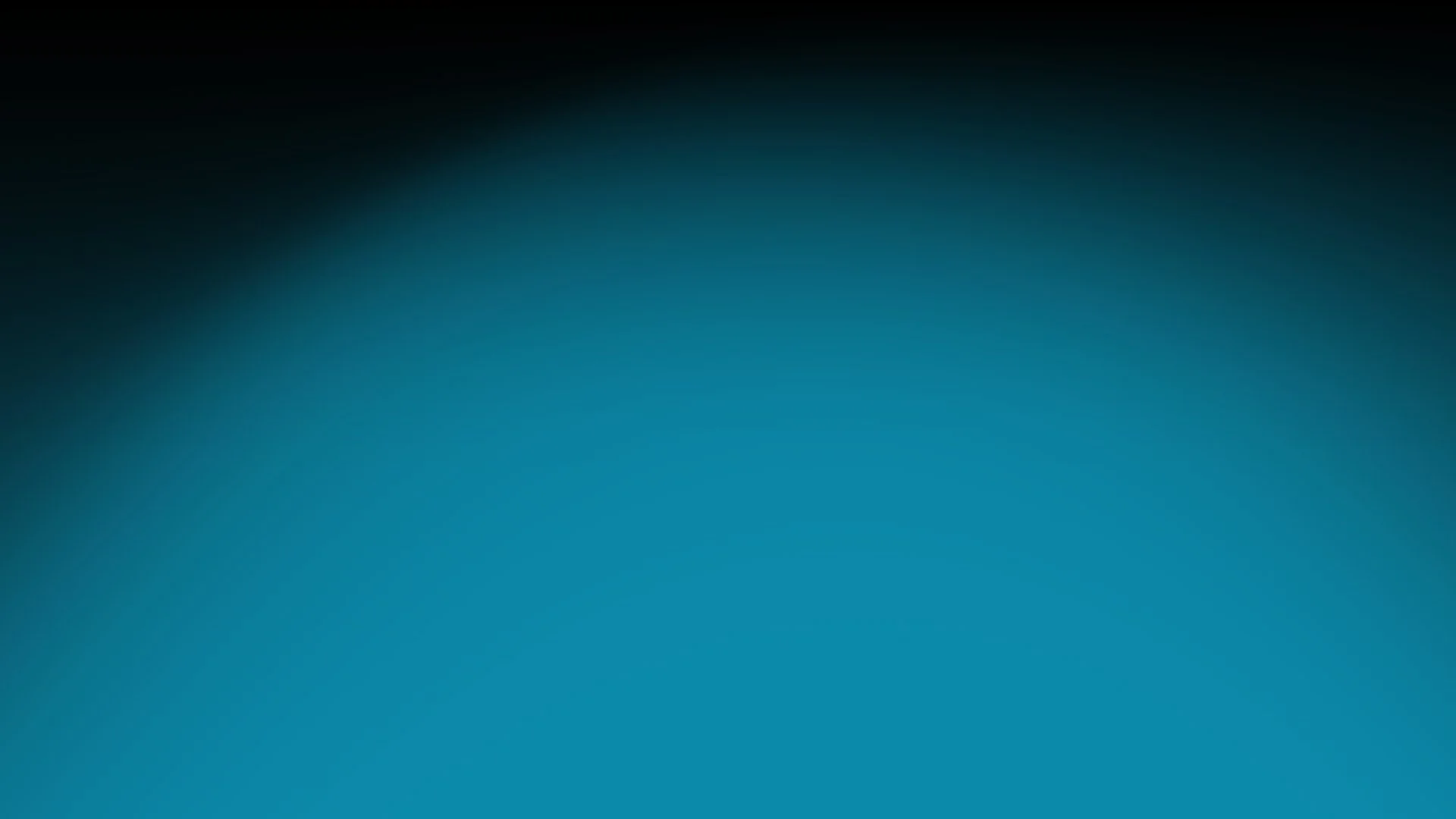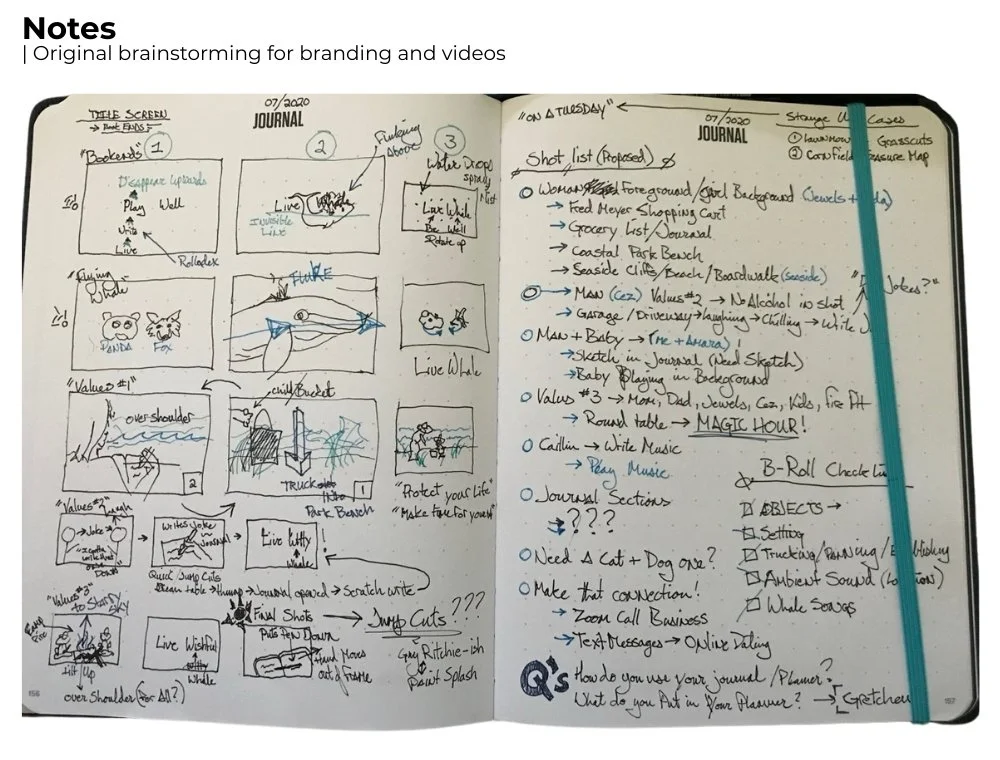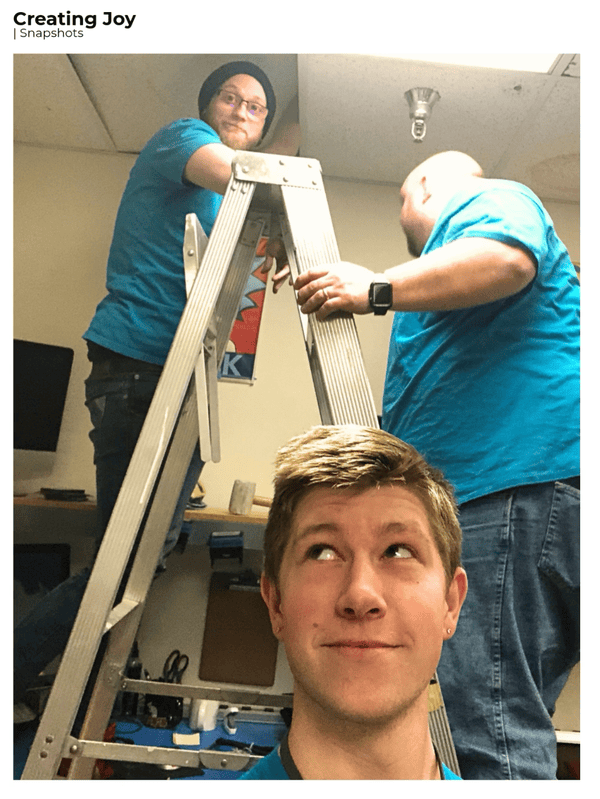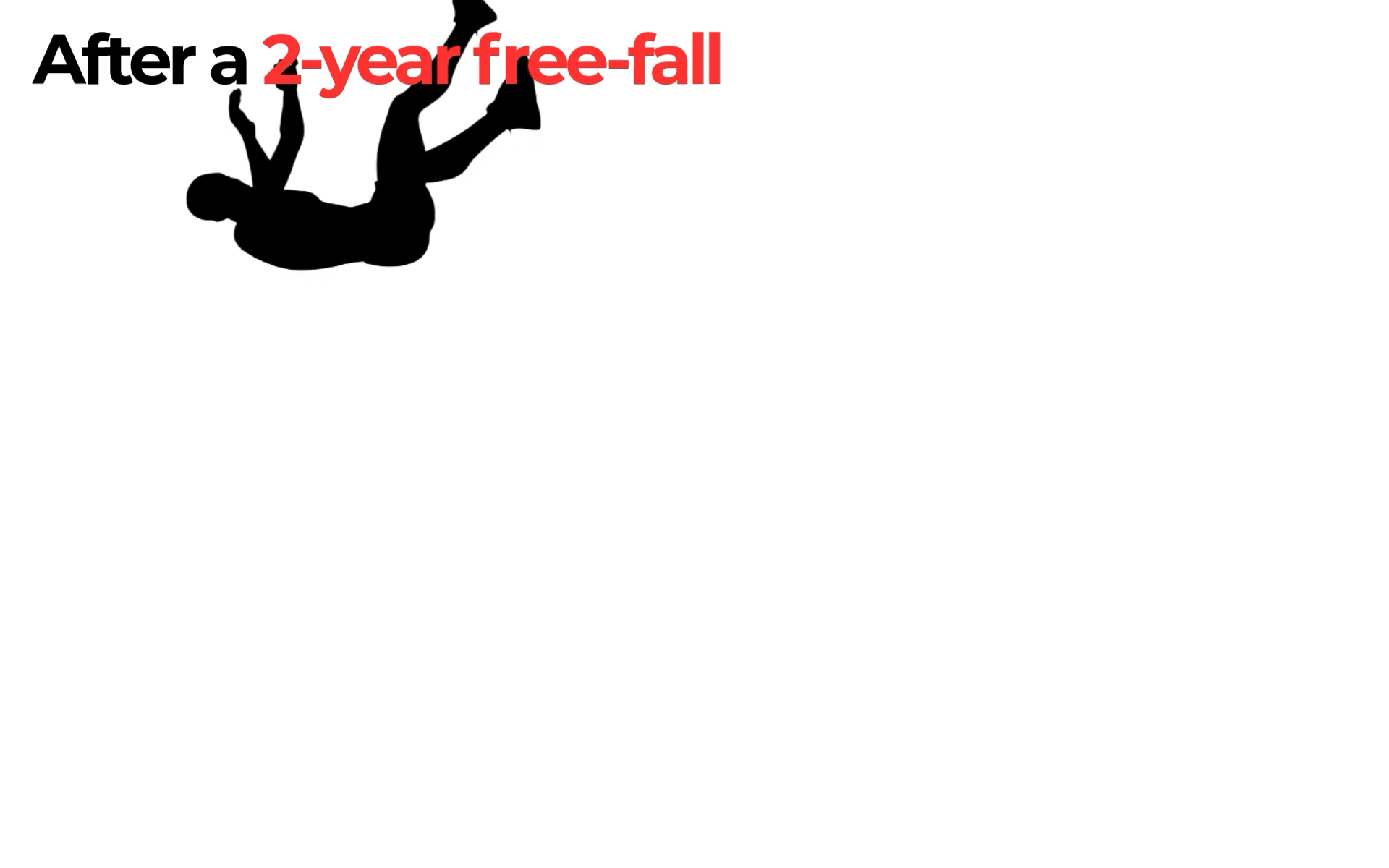

ASC Sunstone / Brand Unity
Challenge
The merger of 2 boutique circuit board manufactures created a brand identity crisis: They were now the 6th largest producer of circuit boards in the USA and needed a presence and story to match their now global audience.
Factions of leaders and “yes men” circled around an intimidating CEO. Every group wanted their services prioritized, but refused to commit to a direction, for fear of being the one to “get it” as Dr. Joe would put it.
It was a time of endless meetings and no clear creative vision or action plan. Whispers and fear pervaded amongst my peers and colleagues.
In anticipation of the merger I had been creating and curating a multitude of phrases, images, and icons into what I termed asset-call-sheets and took my opportunity to step into the gap.
Action
I went directly to the CEO and presented with curated options. He had never seen anything like it and enjoyed the novelty of circling assets that he approved of, and crossing out the ones that he didn’t.
Based on his choices, I wrote and produced a full campaign concept—“Come see where we can take you” and presented it in a full 60-second spot. This got immediate buy-in from most stakeholders and provided enough momentum to become the spiritual basis for the “Horizons” campaign.
This Horizons campaign went on to establish the visual language and “worldwide” theme that gave each faction equal footing while calming the noise.
From there, I:
Established a universal color system for product offerings—color-coded brochures, handouts, and training materials that matched the advertising system—creating instant recognition across every channel for customers and employees alike.
Proactively redesigned nearly every asset so requests were met before they were even voiced.
Scaled the brand for a worldwide audience—consistent, recognizable messaging across ads, brochures, and training.
Result
The Horizons campaign ultimately rewired the company’s ability to see itself as one brand. By taking initiative where leadership stalled, I gave the CEO and teams a structure they could rally behind.
Over the first year, my creative direction became the de facto foundation of all brand expression, shaping how customers, employees, and the market experienced the merger.
Authored self-serve templates for expanding branded assets and as a hands-on creative, delivered ≈50% of all visual assets that year—including posters and employee education materials that trained the organization on its unified capabilities.
Established enduring narratives that carried the brand forward for 18 months and provided breathing room for stakeholders to focus on what mattered most to them.
Beat revenue projections by 500% in the first year post-merger—directly attributed to campaign marketing & sales efforts.
Live Whale / Out of the Noise
Challenge
It was mid-COVID, and the journal/planner market had exploded. Competitors all looked and sounded the same—shopped product photos, sophisticated yet youthful palettes, even the obligatory “cute critter on the cover.”
Ad space was prohibitively expensive, SEO and Ads weren’t moving the needle, and Live Whale’s owner—a 30-year digital marketing veteran—had already exhausted every tactic and strategy over two years without results.
The only real avenues left to compete were branding and video — but her budget was minimal, the holiday shopping season was fast approaching, and she was losing money from a stubbornly high return rate due to often overlooked product information.
Action
I built Live Whale’s differentiation by treating every constraint as a creative call-and-response—and by making copious notes.
To succeed in the marketplace, the products couldn’t just be seen, they had to be felt. Each needed to belong to a larger story, making them personal, emotive, and approachable.
My response was the Dream, Plan, Manifest story-arc: a simple framework for product clarity and categorization. From there, everything flowed. I surfaced the tagline “Live Well, Live Whale”—reclaiming the brand name from an awkward pun into an inviting inside joke.
From there, I:
Wrote a modular script/shot list to differentiate products and avoid costly reshoots.
Produced videos that showcased every feature, color, and layout to reduce returns.
Added a masculine voiceover in a female-driven market to give the brand distinction.
Delivered the Wishing Pot video early, creating surprise-and-delight while completing a holiday-ready trifecta of products.
Result
The campaign gave Live Whale the identity and personality it had been missing. What SEO and Adwords couldn’t do in years, brand storytelling achieved in weeks: the planners finally felt differentiated and desirable.
Owner called the videos “brilliant” and “spectacular and brand lifting,” and the metrics matched the sentiment:
1M+ video views in the first 30 days.
Conversion rate tripled: 1.25% → 4%.
Return rate cut in half: 10% → 5%.
Imbued Live Whale with a unique personality in a saturated category.
Simply Mac / Flow & Transformation
Challenge
Patronage had dwindled, morale was collapsing, and closure was imminent.
The Clackamas Simply Mac store—once a flagship Apple Authorized Provider and one of the oldest in the Pacific Northwest—was in free-fall after eight straight quarters of losses.
Staff turnover was high, corporate mandates were misguided, and even Apple was fielding complaints about service. It had become a sore spot in the Pacific District, and garnered a hushed silence at leadership meetings, like children passing a haunted house.
Then came a breaking point: the store manager was unexpectedly fired, leaving the location on the brink. I was two hours away, leading another store I had recently helped stabilize, when the district manager called late one night.
He didn’t explain, didn’t hint—only asked if he could rely on me to be in Clackamas at 6 a.m. the next day. Heeding the call of adventure, I said yes, packed immediately, and drove through the night to family near Clackamas to be ready at dawn.
Action
I was not well received at first—the wounds were still fresh for the remaining crew of about 10—but I eventually earned trust and rapport.
I treated the store like a friend in crisis, designing a new culture and customer journey from the ground up. I led by example: scrubbing toilets in front of new hires, jumping into difficult customer conversations, and showing that leadership meant service.
As momentum built, I received support from the district and partnered with a trusted colleague—our combined energy amplified the turnaround.
After hours, we methodically rearranged the back-of-house for flow—thousands of pounds of industrial steel shelving and hundreds of expensive Apple devices—moved in one night. We introduced a shared language of notes and paperwork we had developed at my previous stores so every tech and salesperson worked interchangeably.
We installed a living, thriving culture where employees felt heard and respected, and in turn they gave themselves generously!
Culture reset: “I’m not building a store of salespeople and service reps; I’m building a store of leaders.” Everyone was trained to solve problems and empowered to act.
Preference-based scheduling: I built rotating schedules around staff preferences, giving each person their “perfect week” in rotation. This created loyalty, trust, and a sense of being cared for.
Customer journey redesign: Rebuilt traffic flow, staffing, and negotiation training so service felt human, fast, and effective.
Creative resistance: When corporate demanded overbooking that hurt customers and crew, I designed a booking system that fixed traffic flow, reduced repair time, and was adopted company-wide the following month.
Result
The turnaround was dramatic. Within a year, the store went from near-closure to renewed profitability. The lease was extended, jobs were saved, and customer satisfaction soared.
Staff became a cohesive, self-sufficient crew—capable of running the store even when I was gone.
Net Promoter Score (NPS) jumped from an abysmal average of 25% → to a sustained 93%.
Profitable in less than 1 year after 2 years of losses.
Foot traffic +17%.
Culture transformed, crew members retained, location lease renewed—models and tools replicated at multiple stores in the district.







